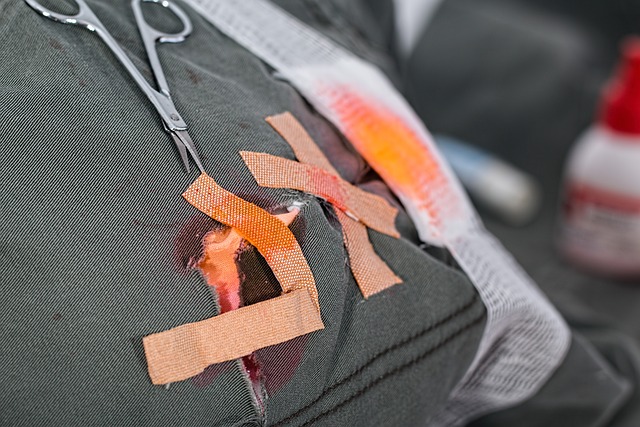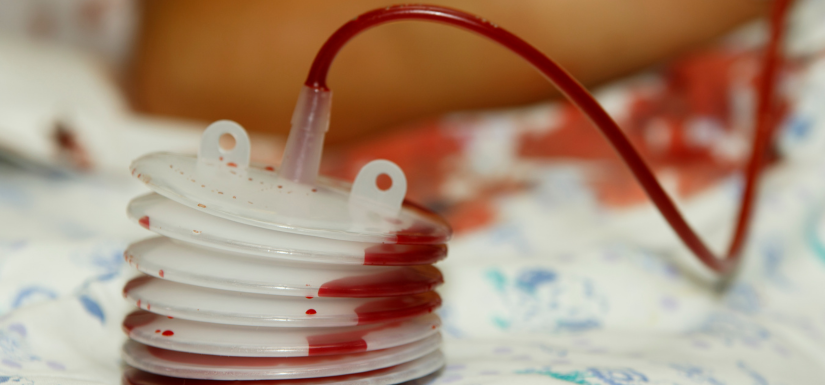
Wounds, whether minor cuts or more severe injuries, require proper care to prevent infection and promote healing. One of the essential steps in wound management is thorough cleaning, followed by the application of an appropriate dressing. In this comprehensive guide, we’ll explore the best practices for cleaning wounds effectively and discuss the role of absorbent dressings in wound care.
Understanding Wound Cleaning
Proper wound cleaning is essential for preventing infection and promoting optimal healing. Here’s a detailed explanation of each step:
Wash Your Hands: This step cannot be emphasised enough. Clean hands are crucial to preventing the introduction of harmful bacteria into the wound. Thoroughly wash your hands with soap and water for at least 20 seconds before touching the wound.
Gently Irrigate the Wound: Irrigating the wound with a gentle stream of clean water or sterile saline helps remove debris and bacteria. Avoid using harsh solutions like hydrogen peroxide or alcohol, as they can damage delicate tissues and hinder healing. Sterile saline is the preferred choice for wound irrigation as it is gentle and does not interfere with the body’s natural healing processes.
Remove Debris: Carefully remove any visible dirt, debris, or foreign objects from the wound using sterile tweezers or a clean cloth. Be gentle to avoid causing further trauma to the wound. If you encounter embedded debris or foreign objects that are difficult to remove, seek medical assistance.
Clean Around the Wound: The skin surrounding the wound should also be cleaned to prevent contamination. Use mild soap and water to cleanse the area, ensuring that you don’t introduce soap into the wound itself. Pat the surrounding skin dry with a clean towel.
Pat Dry: After cleaning the wound and surrounding skin, gently pat the area dry with a clean, lint-free cloth or sterile gauze. Avoid rubbing the wound, as this can cause irritation and disrupt the healing process.
Apply Antiseptic (Optional): While not always necessary, applying a thin layer of antiseptic ointment or solution to the wound can help prevent infection. However, it’s essential to use antiseptics judiciously and as directed by a healthcare professional, as some individuals may be allergic or sensitive to specific antiseptic agents.
Cover the Wound: Once the wound is clean and dry, apply an appropriate dressing to cover the area. The dressing serves as a protective barrier against further contamination and helps maintain a moist environment conducive to healing.
Understanding Absorbent Dressings
Absorbent dressings are designed to manage wound exudate (fluid) while promoting an optimal healing environment. Here’s a deeper dive into their benefits and application:
Fluid Absorption: Excessive wound exudate can delay healing and increase the risk of infection. Absorbent dressings effectively absorb excess fluid, preventing maceration of the surrounding skin and maintaining a clean wound bed.
Moisture Balance: Maintaining a moist wound environment is critical for promoting cell migration, proliferation, and tissue regeneration. Absorbent dressings help achieve this balance by absorbing excess exudate while retaining moisture within the wound bed.
Protection: Absorbent dressings provide a protective barrier against external contaminants, reducing the risk of infection and minimising trauma to the wound during dressing changes. They also help cushion the wound, providing comfort to the patient.
Comfort: Absorbent dressings are designed to be comfortable for the patient, with soft, non-adherent materials that minimise pain and trauma during application and removal. This is particularly important for patients with sensitive or fragile skin.
Versatility: Absorbent dressings come in various shapes, sizes, and materials to suit different types of wounds, including cuts, abrasions, pressure ulcers, and surgical incisions. Healthcare professionals can select the most appropriate dressing based on the wound’s characteristics and exudate level.
How to Apply Absorbent Dressings
Select the Right Dressing: Choose an absorbent dressing appropriate for the size, type, and exudate level of the wound. If you are unsure, consult a healthcare professional for guidance.
Prepare the Wound: Before applying the dressing, ensure that the wound is clean, dry, and free of debris. Trim any excess hair around the wound to facilitate the dressing’s proper adhesion.
Apply the Dressing: Place the absorbent dressing directly over the wound, ensuring full coverage and proper alignment with the wound bed. If using an adhesive dressing, gently press it down to secure it in place, taking care not to stretch or distort the surrounding skin.
Secure the Dressing: Use medical tape or adhesive strips to secure the edges of the dressing and prevent it from shifting or coming loose. Avoid applying excessive tension, as this can compromise blood flow and impede healing.
Monitor the Wound: Check the wound and dressing regularly for signs of infection, such as increased redness, swelling, warmth, or drainage. Follow the instructions provided by your healthcare provider for dressing changes and wound care management.
Conclusion
Proper wound cleaning and the use of absorbent dressings are essential components of effective wound care. By following the steps outlined in this guide and selecting the appropriate dressing for your wound, you can help promote healing, prevent infection, and support the overall recovery process. If you have any concerns or questions about wound management, don’t hesitate to consult a healthcare professional for personalised advice and guidance.
Follow us on Instagram.




